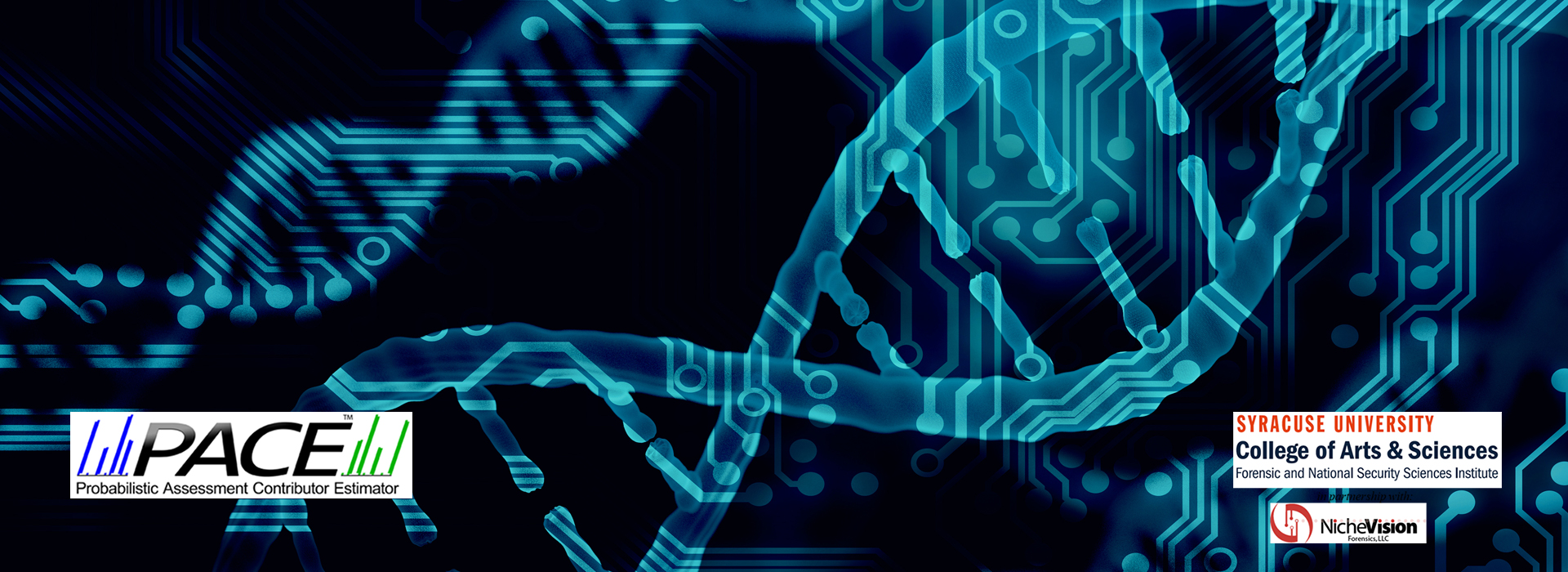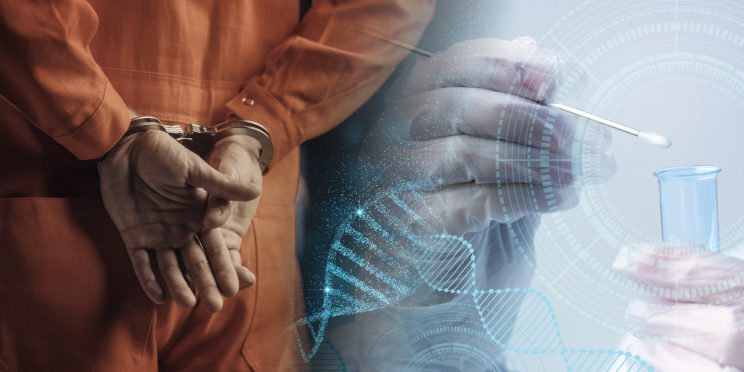This webinar originally occurred on July 28, 2020
Duration: 1 hour
Overview
The PACE™ software introduces a fully continuous, machine learning tool to the forensic DNA community that enables fast and accurate artifact management and predicts the number of contributors (NOC) in complex DNA mixtures. With NIJ backing, the researchers at Syracuse University’s Forensic and National Security Sciences Institute were able to reach numerous crime laboratories and stakeholders to gain valuable insight that accelerated the technology on the path to commercialization. Syracuse University has licensed the software to NicheVision Forensics, which also funded further development and has made the product available to the community. The PACE™ tool (Probabilistic Assessment for Contributor Estimation) is now available as software that is tailored toward the end user and can be seamlessly integrated into crime laboratory workflows.
The webinar will highlight the capacity of PACE™ to:
- Estimate the number of contributors in a matter of seconds, eliminating a critical, time-intensive data-interpretation step that is contributing to growing backlog issues.
- Enable analysts to arrive at more confident conclusions by generating number of contributor estimates based on tested machine learning models and serves as a quality control measure in the analysis of complex data.
- Manage artifacts by automating the identification of artifacts and subsequent correction, remove the effects of spectral overlap, and comprehensively model traditional and non-traditional stutter.
- Accommodate different DNA profiling kits and runs on standard computers, facilitating broader adoption that can be seamlessly integrated into existing workflows.
The most recent version of PACE™ has been developed for use with the Globalfiler™ and PowerPlex Fusion 6c® human DNA amplification kits and includes modules that permit automated artifact identification, including traditional (n-1) and non-traditional stutter, pull-up, and elevated noise. Automated artifact identification has over 95.0% accuracy in both the Globalfiler™ and PowerPlex Fusion 6c® human DNA amplification kits. Both versions have greater than 92% accuracy in predicting the number of contributors (1-3 and 4+). The system was recently updated to predict up to 5+ contributors. This includes complex samples with high levels of dropout, low template DNA amounts, and increasingly disparate contributor ratios. This approach is computationally inexpensive and rapid, whereby results can be obtained in seconds and can be used prior to probabilistic genotyping to help the analyst better predict NOC, saving time and generating only the most probative results.
This webinar explores the development of the PACE™ system and the process of predicting the NOC in a DNA sample. Creators Michael Marciano and Jonathan Adelman from Syracuse University will be joined by NicheVision Forensics CEO and President Luigi Armogida and Chief Scientist Brian Young to: (1) introduce machine learning and discuss the benefits of this method of data interpretation, (2) provide an overview of the design and result of the developmental validation of the PACE system—including a recent update extending the predictive power to up to 5+ contributors, (3) provide a demonstration of the software, (4) offer recommendations on incorporating the system into a laboratory’s, and (5) provide an overview of a project funded by the NIJ that focuses on artifact identification and NOC prediction in DNA sequence data.
Detailed Learning Objectives
- Obtain a basic understanding of the background and power of machine learning as it applies to forensic data analyses and prediction
- Learn about new, automated methods to identify artifacts, including pull-up and stutter
- Become acquainted with the design, research process, and results used during the development of PACE and learn how to interpret and implement PACE in your lab
Presenters
- Michael Marciano
- Jonathan Adelman
- Luigi Armogida
Funding for this Forensic Technology Center of Excellence webinar has been provided by the National Institute of Justice, Office of Justice Programs, U.S. Department of Justice.
The opinions, findings, and conclusions or recommendations expressed in this webinar are those of the presenter(s) and do not necessarily reflect those of the U.S. Department of Justice.
Contact us at ForensicCOE@rti.org with any questions and subscribe to our newsletter for notifications.




